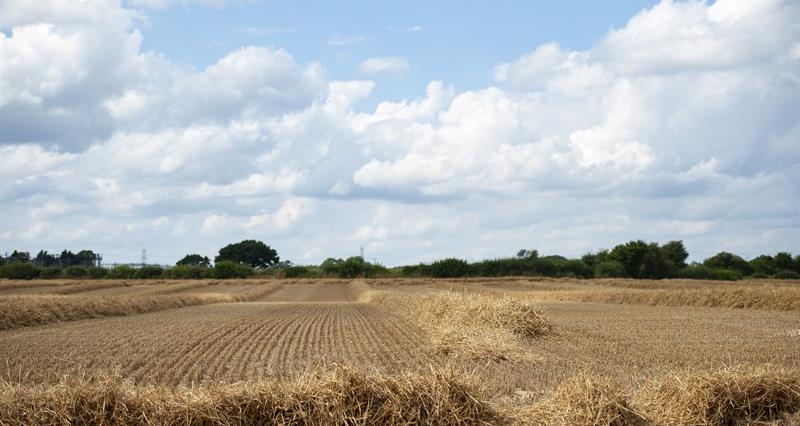The emergency authorisation for a single application of Coragen applies from 4 July until 30 September and requires growers to record:
- the date and locations of treatment
- the number of treated hectares
- percentage of crop affected by beet moth
- the fate of treated sugar beet tops (tops of Coragen-treated sugar beet must not be fed to or grazed by any livestock).
Full details of the emergency authorisation including full terms of use and stewardship requirements can be found at: BBRO | Emergency authorisation for the use of plant protection product.
When to treat
Potentially the best timing is at egg hatch with the threshold for treatment in several other European countries being when 10% of plants show damage to the heart leaves. To aid the active in reaching target caterpillars, high water volumes are required to penetrate the canopy.
British Sugar will contact all growers after the emergency authorisation expiry date to collect information on the use of Coragen in the 2025 crop.
The BBRO (British Beet Research Organisation) is continuing to monitor its network of pheromone traps and additional information will continue to be made available via the BBRO Bulletin. Growers are urged to send samples to the BBRO Plant Clinic to help build the industry’s understanding of this emerging pest.
Beet moth
Beet moth (Scrobipalpa ocellatella) is not seen as a regular pest in the UK. It is known to be more problematic in Mediterranean areas and across Eastern Europe/Asia with warmer and drier climates, where caterpillars tend to mine into the stems and crown causing damage to the heart of sugar beet.
However, hotter and drier conditions in the UK have supported increased reproduction and spread of beet moth populations in recent years; increased numbers have already been trapped/detected this year, and populations may continue to migrate, dependent upon weather conditions, until October.
Considerable drought stress puts this year’s crop at further risk of infestation, with crowns more exposed for moths to lay their eggs and caterpillars to burrow into.
Some pyrethroids such as those containing the active cypermethrin are also available with on-label approval for caterpillars, however these actives will have wider impacts on beneficial insects. Again, to aid actives in reaching target caterpillars, high water volumes are required to penetrate the canopy.



